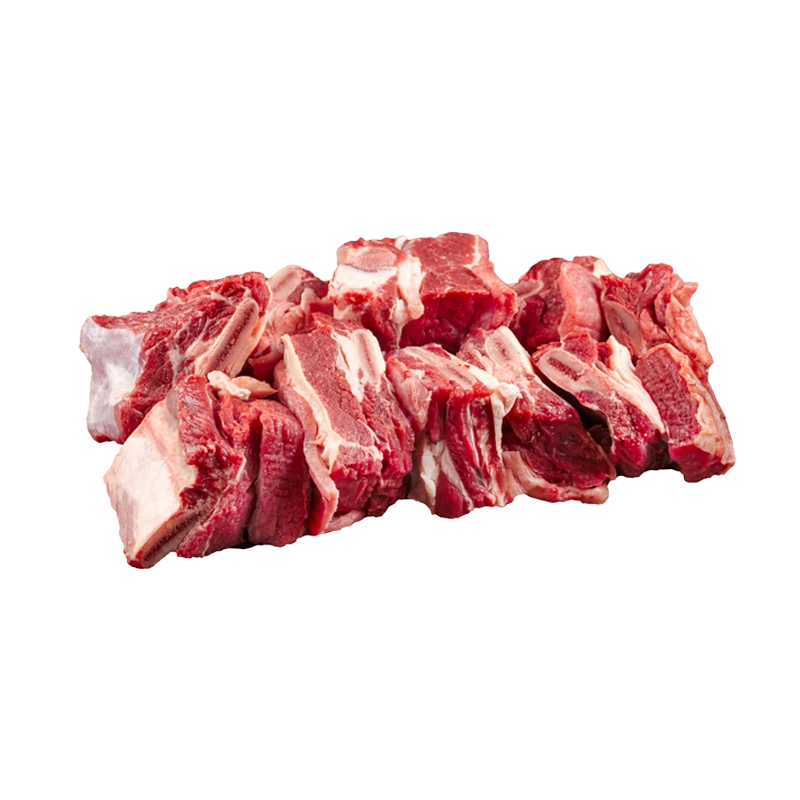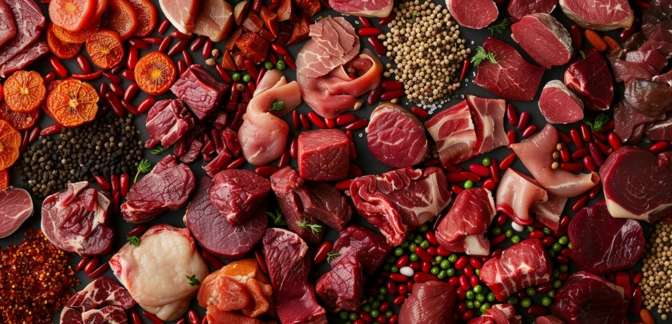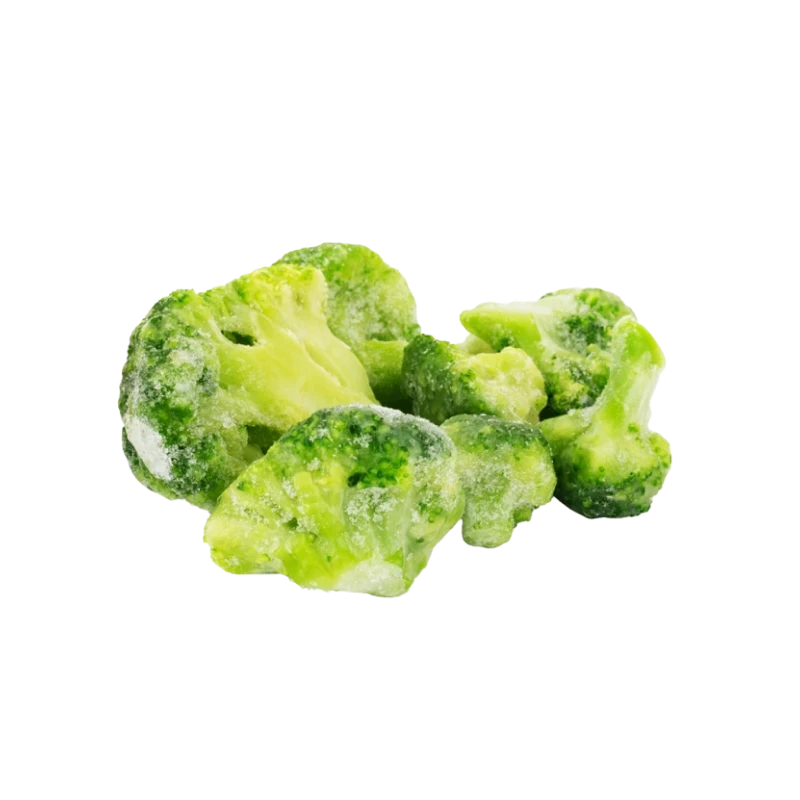Beef Ribs — Nutrients, Health Benefits, and Shopping Tips

Written by Listonic Team
Last update on September 4, 2024
Nutrients
Nutrition facts
Amount per 100 g
Calories
🔥 291 kcal
| Nutrients per: 100 g | Value | % Daily Value* |
|---|---|---|
| Carbs | 0 g | - |
| Fiber | 0 g | - |
| Sugars | 0 g | - |
| Glycemic Index | 0 | - |
| Protein | 19 g | 38% |
| Sodium | 84 mg | 3.65% |
| Total Fat | 24 | 30.77% |
*The % of Daily Value (DV) tells you how much a nutrient in a serving of food contributes to a daily diet. 2,000 calories a day is used for general nutrition advice.
19 g
🧀 Good Protein Content
Key takeaways
Health benefits
- High in protein, essential for muscle growth and repair.
- Rich in iron, which helps in the formation of red blood cells and prevents anemia.
- Contains essential vitamins and minerals such as zinc and B vitamins, which support immune function and energy metabolism.
- Flavorful and hearty, providing a satisfying and nutritious meal option.
Health risks
- High fat content especially in short ribs, which can raise cholesterol levels and increase the risk of heart disease.
- High calorie content which can contribute to weight gain, particularly when combined with rich sauces or marinades.
- Potential carcinogens from grilling or smoking, which can lead to the formation of harmful compounds like polycyclic aromatic hydrocarbons (PAHs).
- Risk of contamination with harmful bacteria such as E. coli if not properly cooked to a safe internal temperature.
How to choose beef ribs
Beef ribs should boast a generous amount of meat and a consistent fat layer, which helps maintain moisture during cooking. The meat should be deep red, with ribs that are firm and springy to the touch.
Do not choose beef ribs that look dry or have discolored patches on the meat or bone, as these conditions can indicate old or improperly stored meat. A noticeable odor or slimy coating on ribs is also a sign of spoilage.

How to store beef ribs
Beef ribs should be refrigerated and used within a few days for optimal flavor. Freezing is recommended for longer storage, where they can last several months. Keeping them in an airtight container or tightly wrapped helps preserve their freshness.
Heat and air exposure can cause beef ribs to spoil, so these conditions should be avoided. Refreezing beef ribs once thawed is not advisable, as it can affect their texture. Thawing beef ribs in the refrigerator ensures safety and quality.
✅ Extra Tip
How long do they last?
Beef ribs can last for 3-5 days in the refrigerator. When frozen, they can be stored for up to 6-12 months. Ensure they are tightly wrapped or vacuum-sealed to prevent freezer burn and maintain quality.
What to do with leftovers?
Leftover beef ribs can be used in a variety of flavorful dishes. Shred the meat and use it in tacos, burritos, or enchiladas for a smoky, savory filling. It’s also great in sandwiches, where the tender meat pairs well with coleslaw and barbecue sauce.
Use leftover beef ribs in a stew or chili, adding vegetables and beans for a hearty meal. You can also chop the meat and add it to a pasta dish or mix it into a stir-fry with vegetables and rice. If you have a lot of beef ribs, consider making a batch of beef rib soup or using the meat in a beef and vegetable casserole. The rich, smoky flavor of beef ribs also makes them perfect for adding to a barbecue pizza or mixing into a savory pie.
👨⚕️️ Medical disclaimer
How beef ribs support specific health conditions
Beef ribs are a flavorful source of protein that supports muscle health and recovery. They are also rich in iron, which promotes blood health by preventing anemia, and contain B vitamins that support brain function. While beef ribs have a higher fat content, they can still contribute to heart health when consumed in moderation, especially when paired with fiber-rich vegetables and whole grains.
Discover products from other categories
Listonic Team
Fact-checked
Our editorial team checked this article to make sure it was accurate at the time of publishing it.
Get the top-rated shopping list app

beef ribs







